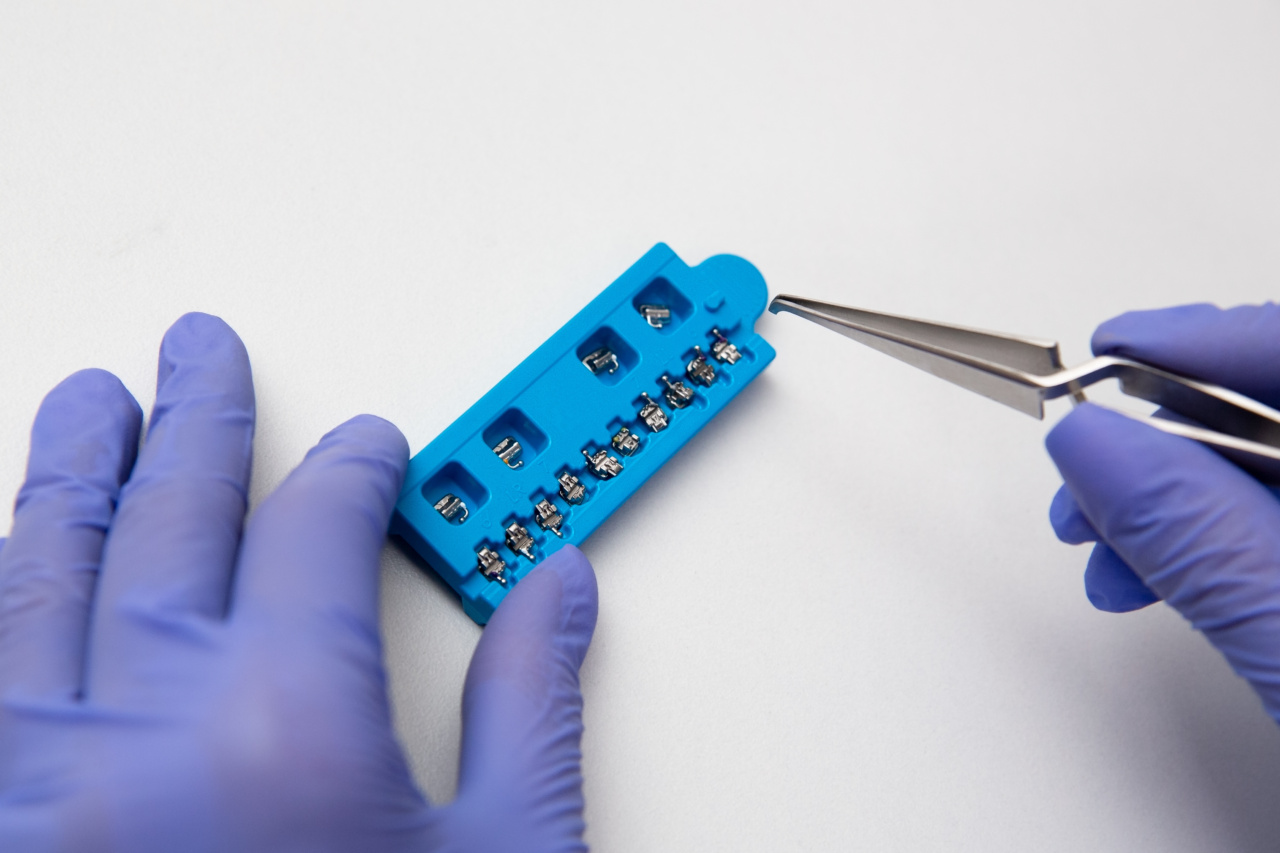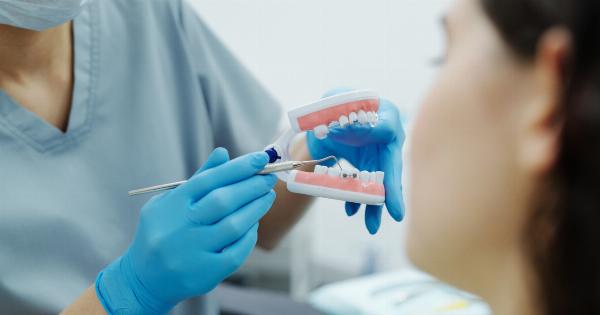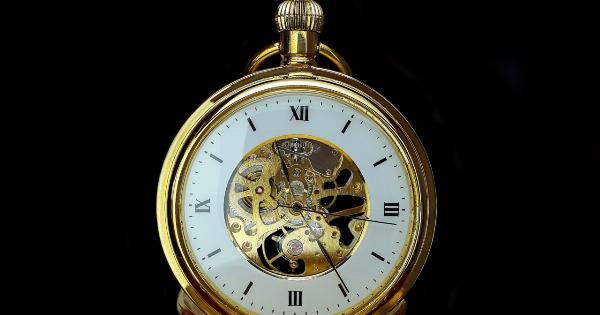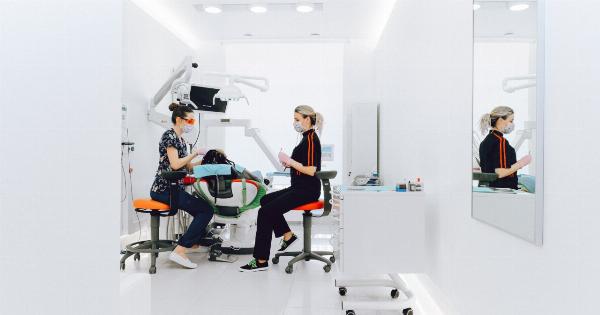Orthodontic treatment can help improve the alignment and appearance of your teeth, as well as enhance your overall oral health. For many years, metal braces have been the primary option for orthodontic treatment.
However, advances in technology have led to the development of various alternatives that can straighten your teeth without traditional metal brackets and wires. If you are considering orthodontic treatment but want to explore options other than metal braces, here are some alternatives available to you:.
1. Ceramic Braces
Ceramic braces are similar to traditional metal braces, but the brackets are made of tooth-colored ceramic material that blends in with your teeth.
This makes them less noticeable than metal braces, making them a popular choice for individuals who want a more discreet orthodontic treatment option.
2. Lingual Braces
Lingual braces are a hidden alternative to traditional braces. Instead of being attached to the front of your teeth, the brackets and wires are placed on the back (lingual) surface of your teeth.
This makes them virtually invisible when you smile, as they are hidden from view. Lingual braces are custom-made to fit your teeth and can effectively correct alignment issues.
3. Clear Aligners
Clear aligners, such as Invisalign, are a popular orthodontic treatment option that uses a series of clear, removable trays to gradually move your teeth into their desired positions.
These aligners are virtually invisible and can be removed for eating, brushing, and flossing, allowing for greater convenience and flexibility during treatment. Clear aligners are an excellent option for individuals who prefer a more discreet orthodontic treatment without the use of braces.
4. Self-Ligating Braces
Self-ligating braces are similar to traditional braces in terms of appearance, but they use a unique system that eliminates the need for elastic ties or metal ligatures to hold the wire in place.
Instead, the brackets have a built-in door mechanism that securely holds the wire, reducing friction and allowing for more efficient tooth movement. Self-ligating braces are often a more comfortable and hygienic option compared to traditional braces.
5. Removable Appliances
Removable appliances, such as clear aligners or retainers, can be used for minor tooth movements or as a follow-up to previous orthodontic treatment. These appliances are custom-made and can be easily taken out for cleaning or special occasions.
While they may not be suitable for complex orthodontic issues, removable appliances can be a convenient option for individuals who need mild adjustments.
6. Orthodontic Surgery
In some cases, orthodontic surgery may be necessary to correct severe jaw misalignment or other skeletal problems. Surgical orthodontics, also known as orthognathic surgery, involves repositioning the jawbones to achieve proper alignment and function.
This option is typically considered when other orthodontic treatments cannot effectively address the underlying skeletal issues.
7. Accelerated Orthodontics
Accelerated orthodontics is a method that aims to expedite the orthodontic treatment process.
It involves using techniques, such as micro-osteoperforation or the application of high-frequency vibrations, to stimulate the bone and allow for faster tooth movement. Accelerated orthodontics can be used in conjunction with braces or clear aligners to significantly reduce the overall treatment time.
8. Orthodontic Appliances for Kids
For children requiring orthodontic treatment, there are various alternative options available.
Some common alternatives include expanders, which widen the upper jaw to create more space for permanent teeth, and functional appliances, which help correct jaw growth discrepancies. These appliances are designed specifically for children and can address alignment issues early on, often reducing the need for more extensive treatment in the future.
9. Retainers
Retainers are an essential part of the orthodontic treatment process. They are typically used after the braces or other orthodontic appliances are removed to help maintain the newly achieved alignment of your teeth.
Retainers can be removable or fixed, and your orthodontist will recommend the most appropriate type based on your specific needs.
10. Consultation with an Orthodontist
It is important to note that the best way to determine the most suitable orthodontic treatment option for you is to consult with an experienced orthodontist.
They will assess your specific orthodontic needs, consider your preferences, and recommend the most effective course of treatment. Orthodontic treatment may require wearing braces or using appliances for an extended period, so choosing the option that aligns with your lifestyle and goals is essential.






























